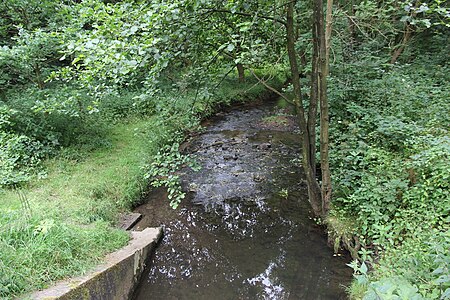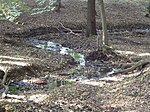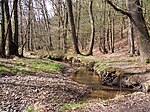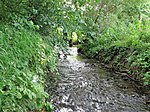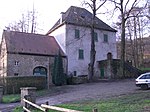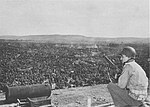The Ruhr pocket was a battle of encirclement that took place in April 1945, on the Western Front near the end of the second World War, in the Ruhr Area of Germany. Some 317,000 German troops were taken prisoner along with 24 generals. The Americans suffered 10,000 casualties including 2,000 killed or missing.
Exploiting the capture of the Ludendorff Bridge at Remagen on 7 March 1945, the U.S. 12th Army Group (General Omar Bradley) advanced rapidly into German territory south of Army Group B (Generalfeldmarschall (field marshal) Walter Model). In the north, the Allied 21st Army Group (Field Marshal Bernard Montgomery) crossed the Rhine in Operation Plunder on 23 March. The lead elements of the two Allied army groups met on 1 April 1945, east of the Ruhr, to create the encirclement of 317,000 German troops to their west.
While the bulk of the U.S. forces advanced east towards the Elbe river, 18 U.S. divisions remained behind to destroy Army Group B. The reduction of the German pocket began on 1 April by the U.S. Ninth Army, with the forces of the U.S. First Army joining on 4 April. For 13 days the Germans delayed or resisted the U.S. advance. On 14 April, the First and Ninth armies met, splitting the German pocket in half and German resistance began to crumble.
Having lost contact with its units, the German 15th Army capitulated the same day. Model dissolved his army group on 15 April and ordered the Volksturm and non-combatant personnel to discard their uniforms and go home. On 16 April the bulk of the German forces surrendered en masse to the U.S. divisions. Organized resistance came to an end on 18 April. Unwilling to surrender with his rank of field marshal into Allied captivity, Model committed suicide on the afternoon of 21 April.
